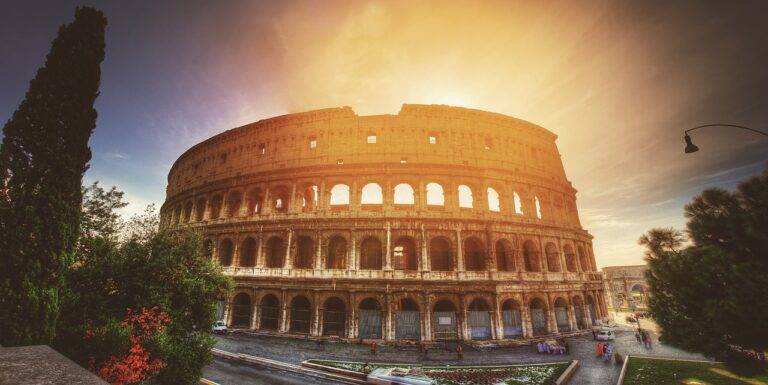Travel and Culture: Visiting Traditional Dance and Music Events
The vibrant cultural tapestry of the world is celebrated through various traditional dance and music events held across different countries and regions. These events serve as a testament to the rich heritage and history of diverse cultures, showcasing a range of unique art forms and performances that have been passed down through generations. From flamenco festivals in Spain to the energetic samba parades in Brazil, these events offer a glimpse into the soul of a community and its artistic expression.
At these traditional dance and music events, spectators can immerse themselves in a sensory experience that transcends language barriers and connects people from all walks of life. Whether it’s the rhythmic beats of African drums, the intricate movements of Indian classical dance, or the haunting melodies of Gaelic folk songs, each performance tells a story and evokes a range of emotions. These events not only entertain and captivate audiences but also foster a sense of unity and pride in cultural identity, highlighting the universal power of music and dance to unite and inspire.
Exploring the History of Traditional Dance and Music
Traditional dance and music have long been an integral part of diverse cultures across the globe. Passed down from generation to generation, these art forms encapsulate the rich history and traditions of various societies. Through intricate movements and enchanting melodies, traditional dance and music serve as a means of expression, storytelling, and celebration in communities worldwide.
The origins of traditional dance and music can be traced back to ancient rituals, religious ceremonies, and historical events. These art forms evolved over time, influenced by social, political, and economic factors, shaping the cultural identities of different regions. As a reflection of the beliefs, values, and practices of a society, traditional dance and music play a significant role in preserving heritage and fostering a sense of belonging among individuals.
Understanding the Significance of Traditional Dance and Music in Different Cultures
Dance and music have always played a crucial role in expressing cultural identity across various civilizations. These art forms hold deep significance in different societies, serving as means of communication, storytelling, and celebration. Through traditional dance and music, communities pass down their history, values, and beliefs from one generation to the next.
In many cultures, traditional dance and music are not merely forms of entertainment, but integral components of rituals and ceremonies. They are used to mark important events such as weddings, funerals, harvests, and religious festivals. The movements, rhythms, and melodies carry symbolic meanings that connect individuals to their ancestors, gods, and the natural world.





